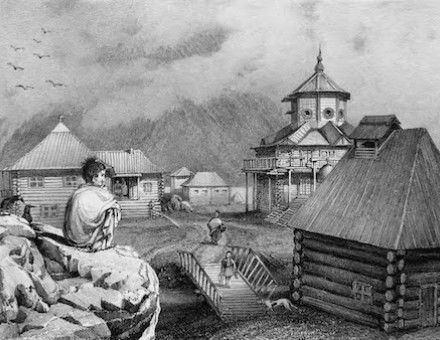The Role of the East India Company 1785-1858
Although “renowned for their interest in profits and dividends,” the Directors of the East India Company encouraged their servants to explore the field of natural history; Mildred Archer describes how British naturalists, when recording their researches, often employed a staff of gifted Indian artists.




